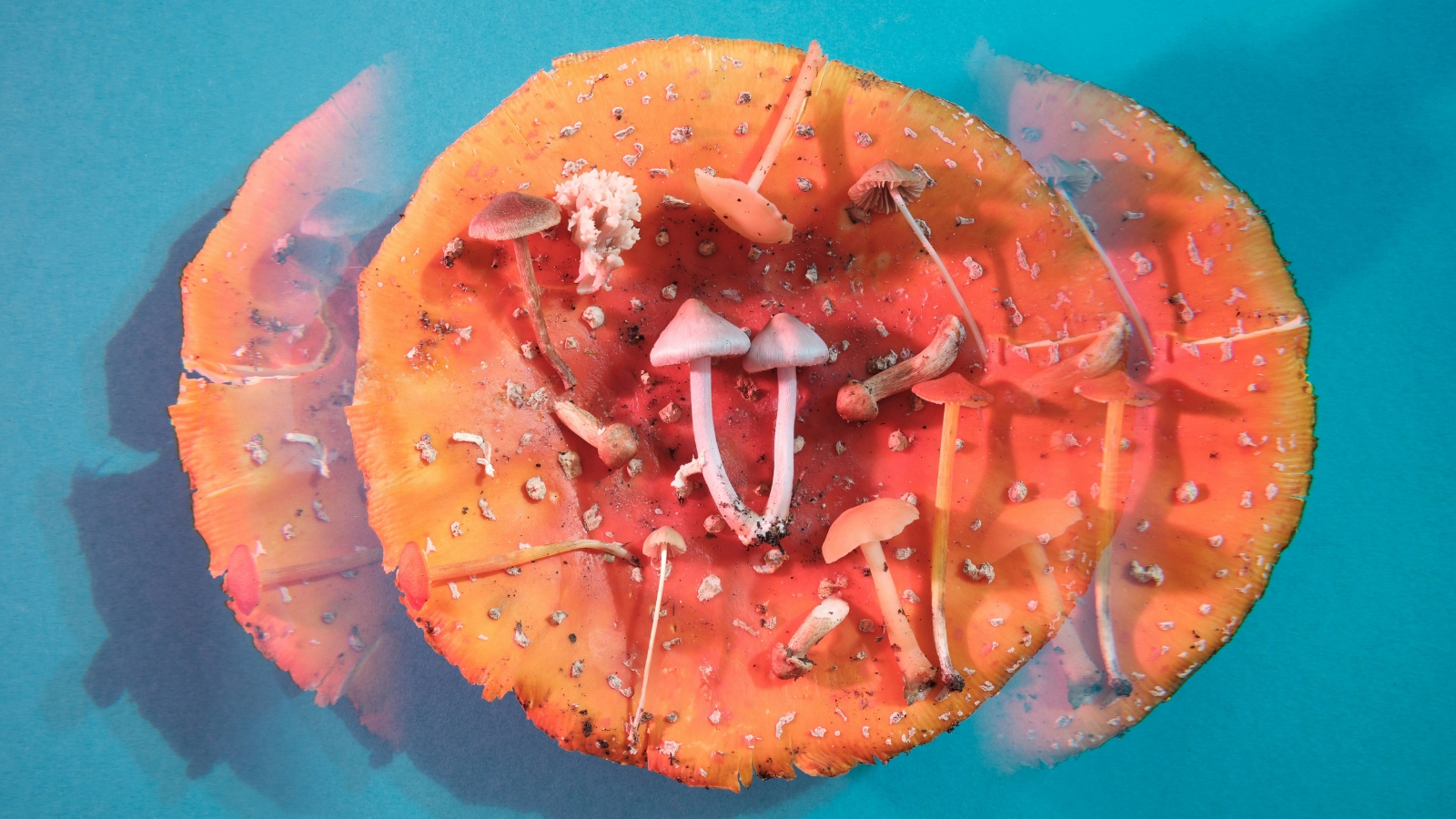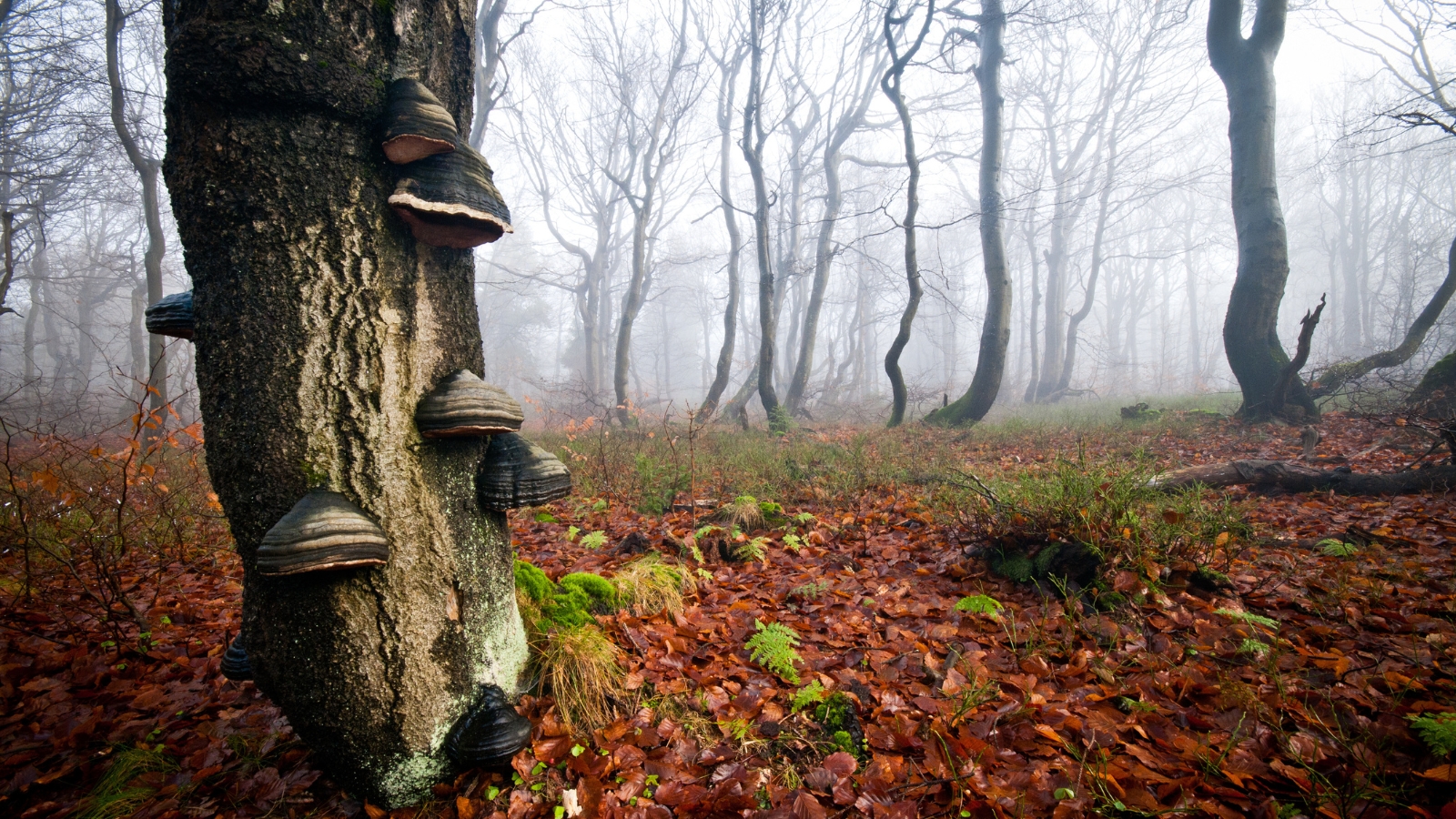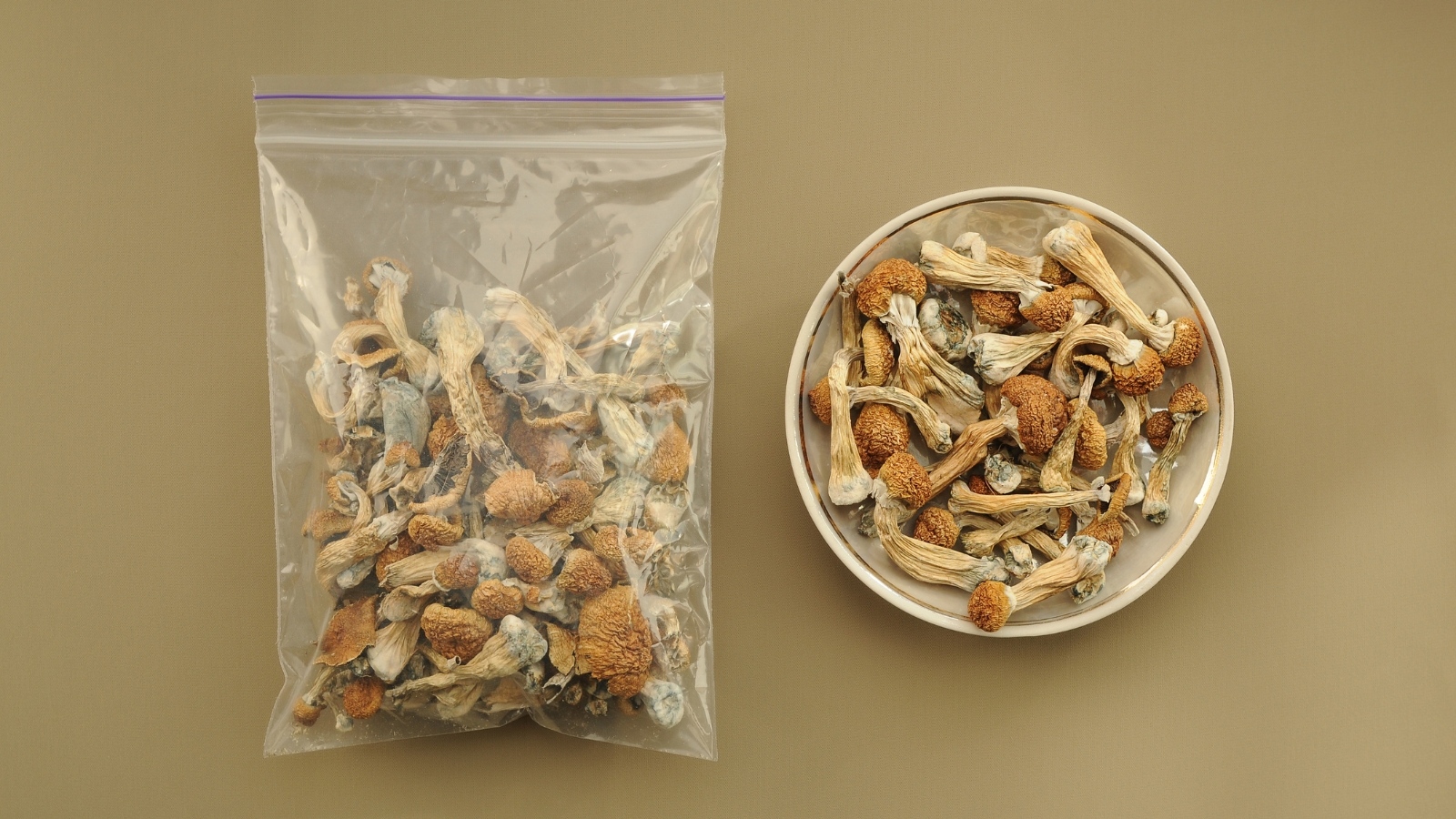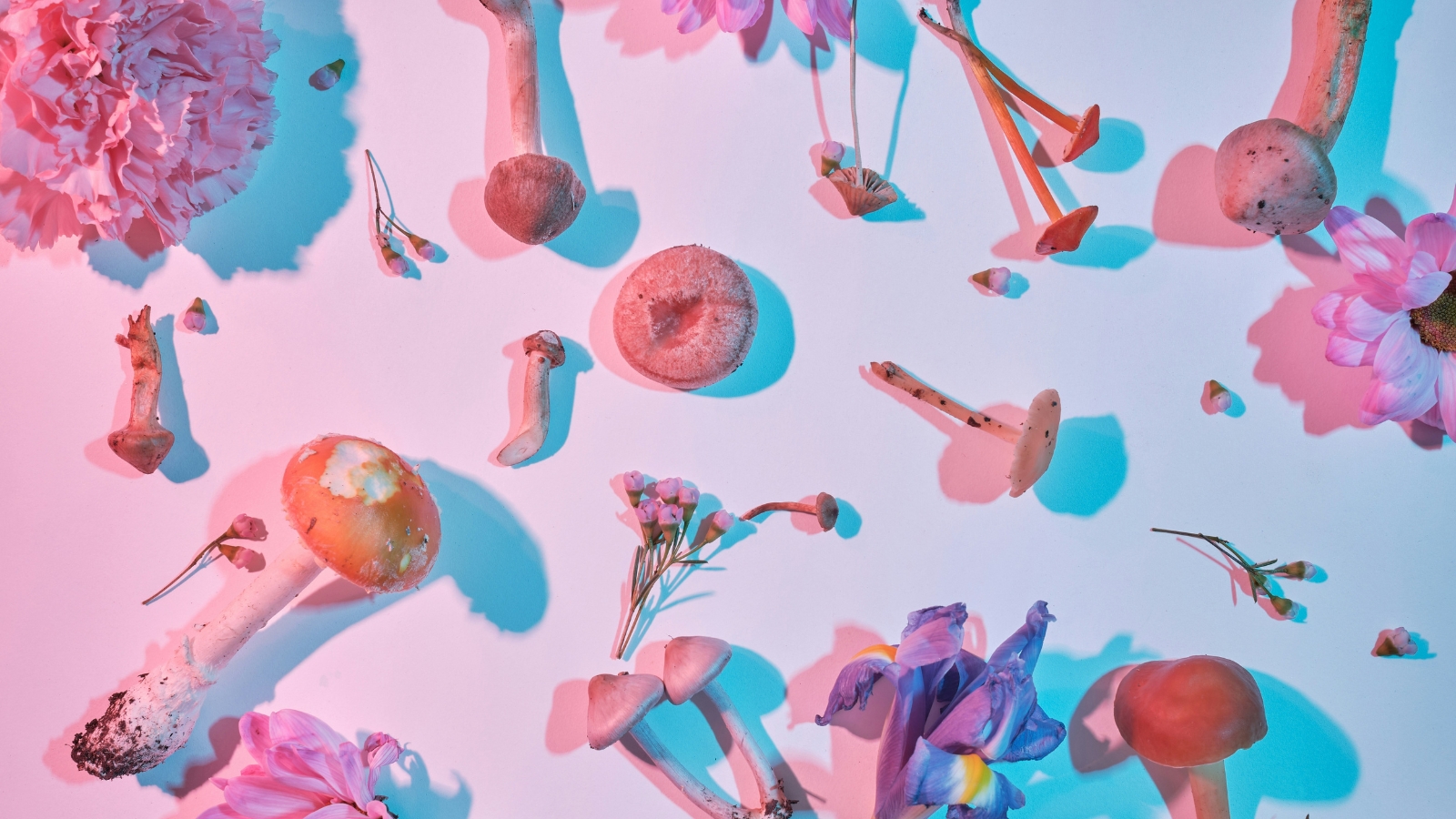For millennia, Indigenous cultures worldwide have cultivated unique practices involving psilocybin mushrooms, harnessing the power of these sacred fungi for healing, divination, and spiritual purposes. These practices have played a vital role in the religious and cultural traditions of various Indigenous peoples, offering a window into the profound relationship between humans and the natural world.
As the psychedelic renaissance takes hold, researchers and enthusiasts alike are turning their attention to the ancient and enduring practices of Indigenous peoples who have long-held sacred relationships with psilocybin mushrooms. These fascinating fungi, revered for their healing, divinatory, and spiritual properties, have played a pivotal role in shaping the cultural and religious traditions of Indigenous communities worldwide.
From the misty mountains of Mexico to the sun-scorched plains of Africa, the use of psilocybin mushrooms has left an indelible mark on human history, offering a window into the profound connection between people, plants, and the divine.
Mexico: A Crucible of Psilocybin Mushroom Diversity
Mexico stands out as a true powerhouse of psilocybin mushroom diversity, boasting an astounding array of species that have been integral to the spiritual and medicinal practices of Indigenous groups for centuries. With at least 20 recognized species of the Psilocybe genus alone, Mexico is a veritable treasure trove of psilocybin-containing fungi, each with its own unique history and cultural significance.
In the state of Oaxaca, the Mazatec people have captured the imagination of researchers and popular culture alike, thanks in no small part to the groundbreaking work of R. Gordon Wasson and his encounters with the legendary sabia (wise woman) María Sabina. Wasson’s accounts of Mazatec psilocybin practices, while influential, have also been the subject of recent scholarly critique, as researchers seek to provide a more nuanced and culturally sensitive understanding of these traditions.
Beyond the Mazatec, other Indigenous groups in Mexico, such as the Mixes, Zapotecs, Chatins, Nahuas, and Matlazincs, have also developed their own unique psilocybin mushroom practices. From the volcanic slopes of central Mexico to the lush forests of Veracruz, these communities have honed their knowledge of the sacred fungi over generations, using them for healing, divination, and communion with the divine.

Psilocybin in the Americas: A Rich and Varied History
While Mexico may be the most well-known center of Indigenous psilocybin mushroom use, evidence suggests that these practices have a much wider geographic and temporal range. In Central and South America, archaeological findings point to the historical significance of psilocybin mushrooms in pre-Columbian societies, with mushroom-shaped artifacts and iconography hinting at their role in religious and social structures.
In Panama, Colombia, and Peru, researchers have uncovered tantalizing clues about the use of psilocybin mushrooms in ancient times. From golden pectorals depicting mushroom-like figures to ceramic vessels adorned with fungal motifs, these artifacts suggest that psilocybin played a significant role in the spiritual and cultural lives of Indigenous peoples in the region.
Contemporary Indigenous practices involving psilocybin mushrooms in Central and South America, while less documented than those in Mexico, offer valuable insights into the resilience and adaptability of traditional knowledge systems. Despite the ravages of colonialism and globalization, many Indigenous communities have managed to maintain their sacred relationship with psilocybin mushrooms, using them for healing, divination, and spiritual growth.

The Global Reach of Psilocybin Traditions
The use of psilocybin mushrooms is not limited to the Americas; evidence suggests that these sacred fungi have played a role in the spiritual and cultural practices of Indigenous peoples around the world. In Europe, speculation abounds about the presence of psilocybin in prehistoric rituals and religious practices, with researchers pointing to enigmatic artifacts like Neolithic mushroom stones in Spain and Scandinavian Bronze Age rock art as possible evidence.
In Africa, the study of psilocybin mushroom use is still in its infancy, but recent discoveries have sparked interest in the potential role of these fungi in traditional practices. From the intriguing rock art of the San people in South Africa to the identification of new Psilocybe species in the Democratic Republic of Congo, the investigation of African psilocybin traditions promises to shed new light on the global diversity of human-fungal relationships.
Asia, too, has a rich history of psilocybin mushroom use, with historical records and contemporary accounts pointing to the presence of these fungi in various cultural contexts. In ancient Chinese literature, references to “laughing mushrooms” hint at the possibility of psilocybin use, while ethnographic studies in Siberia have documented the use of psychoactive fungi in shamanic rituals.
Perhaps one of the most enduring mysteries in the study of Asian psilocybin traditions is the identity of Soma, a sacred plant or fungus mentioned in ancient Vedic texts. While the true nature of Soma remains a topic of debate, some researchers have proposed that it may have been a species of Psilocybe mushroom, pointing to the ritualistic use of these fungi in certain Hindu and Buddhist traditions.

The Mystery and Allure of Psychedelic Fungi
As modern science begins to unravel the pharmacological and therapeutic potential of psilocybin, it is clear that these sacred mushrooms have much to teach us about the nature of consciousness, spirituality, and healing. By studying the Indigenous practices surrounding psilocybin use, we can gain valuable insights into the cultural and ecological contexts that have shaped human relationships with these fungi over millennia.
However, it is essential that we approach this knowledge with respect, humility, and a commitment to cultural sensitivity. The study of Indigenous psilocybin traditions must be grounded in a deep appreciation for the wisdom and expertise of the communities who have stewarded these practices for generations.
Reflections
The story of Indigenous psilocybin mushroom practices is one of diversity, resilience, and profound spiritual significance. As we stand on the brink of a new era in psychedelic research and therapy, it is more important than ever that we honor the traditional knowledge that has guided human relationships with these sacred fungi for countless generations.
By exploring the global diversity of Indigenous psilocybin practices, we can gain a deeper appreciation for the complex web of cultural, ecological, and spiritual factors that have shaped the human experience. In doing so, we may unlock not only the healing potential of these remarkable fungi but also a renewed sense of connection to the natural world and the wisdom of those who have walked this path before us.















